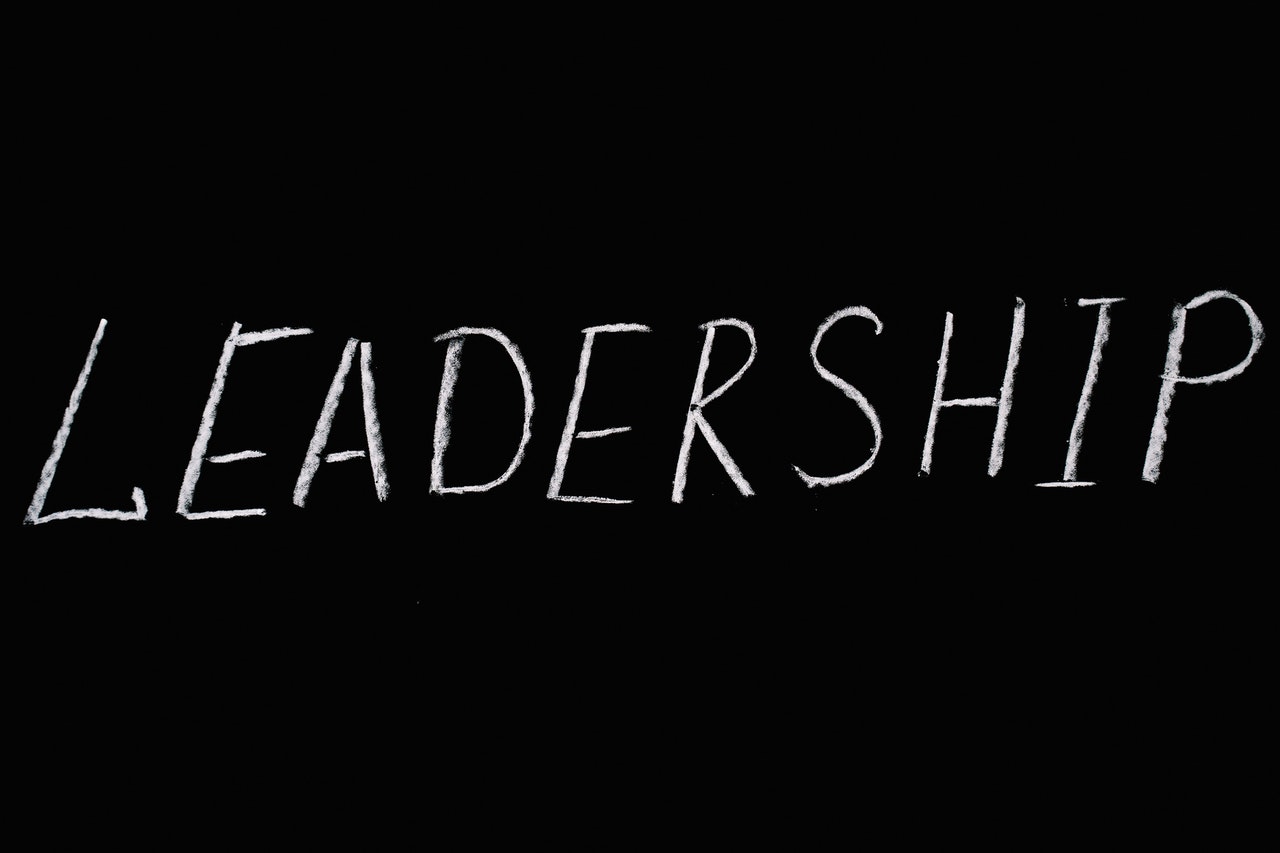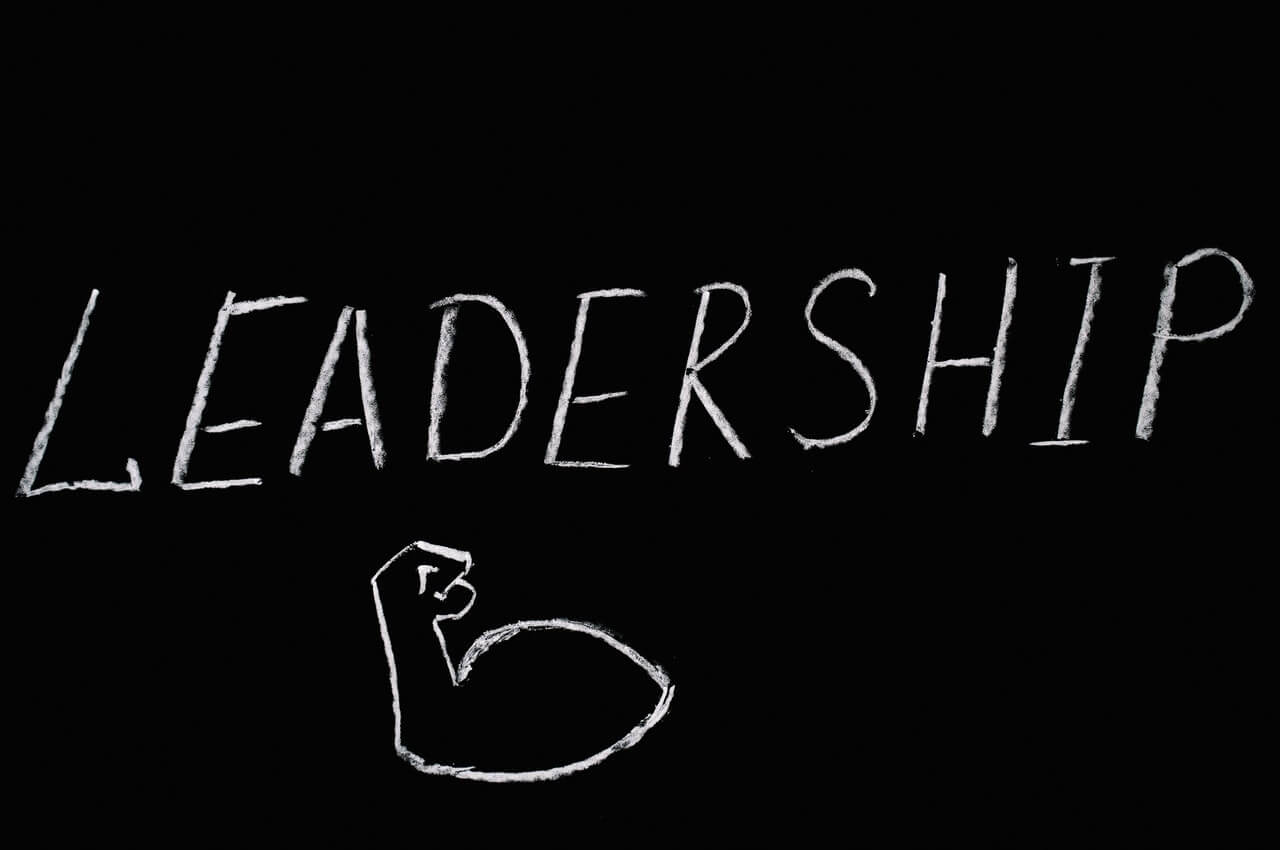Introduction to Feedback
In my opinion there is one activity that stands above all others in its ability to transform individuals into exceptional leaders: feedback. In this case feedback is defined as data provided to individuals that facilitates greater self-awareness and behavioral change. There is no doubt that education on leadership behavior, modeling of effective leadership, and the opportunity to practice leadership are all worthwhile tools. But there is absolutely nothing that can supplant feedback as a method for facilitating development in organizational leaders. And, if this is true, it begs the question “what type of feedback should a leader seek”? There are a multitude of types of feedback and also methods used to collect, formulate/interpret, and distribute feedback. These include, but shouldn’t be seen as limited to, assessments, multi-rater feedback, experiential activities, and personal and direct input from key stakeholders.
Assessments
The assessment category is comprised of feedback that comes from various tools that provide normative data on areas such as personality, cognitive ability, learning style, interpersonal tendencies, and values. The use of the term normative indicates that these assessments compare a person’s answers to norm groups and uses this information to draw tentative conclusions about an individual in the previously mentioned categories. These tools are often available online and are most often accessed through a consultant or psychologist certified in the administration and interpretation of the instruments.
Multi-Rater Feedback
It could be argued that multi-rater feedback, such as 360 surveys, is a type of assessment. I view these as distinct from the aforementioned assessments in that the data is subjective and observed versus normative. That is, the data is typically derived by asking for the observations and ratings of a leader’s behaviors by his or her boss, peers, subordinates, and other key stakeholders such as clients and vendors. This information is typically gathered by having the stakeholders read a variety of competency-based statements and then rate how well the individual in question reflects these competency statements. Most multi-rater feedback data is collected online using different software or consulting services.
Experiential Activities
These activities can be highly structured and facilitated, such as simulations, case studies, or planned and facilitated experiential exercises. They can also be much less structured, anchored in actual work, fall under the umbrella of action learning activities. The more structured activities are typically facilitated by a consultant and the feedback consists of the consultant’s observations and interpretation of the leader’s performance in these activities. In contrast, action learning often involves leaders working on actual work tasks or projects and then reporting back to others (peers, coaches, mentors, etc.) on actions taken and progress made. The leaders then receive feedback from on the progress and are encouraged to identify lessons learned from this data ways that these lessons will be applied to future efforts on the task or project.
Direct Input from Key Stakeholders
The data collected in multi-rater feedback and experiential activities is obviously comprised of input from others. The difference with direct input is that the feedback is typically received straight from a person as and received in a conversational setting. And most often one of the primary objectives for these conversations are to receive developmental and performance feedback from key stakeholders or trusted others. The most common examples of this type of relationship are executive coaching and mentoring relationships. But it isn’t limited to these contexts, and there is also some interesting and worthwhile work being done in such areas as peer coaching circles and feedback via social media methodologies.
Final Comments on Feedback
My intent in this blog was to share my opinion on the vital importance of feedback to leadership and a few or the more common methods used for gathering, interpreting, and sharing feedback. In my next blog I will provide more of an evaluation of these different methods. In the meantime I would love to hear what others think about the role of feedback in becoming an effective leader – as well as any thoughts or comments on different approaches to feedback.









